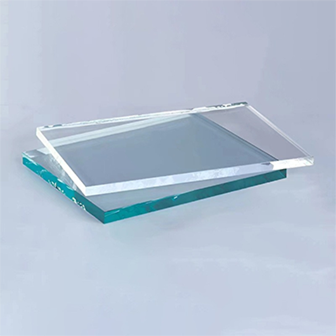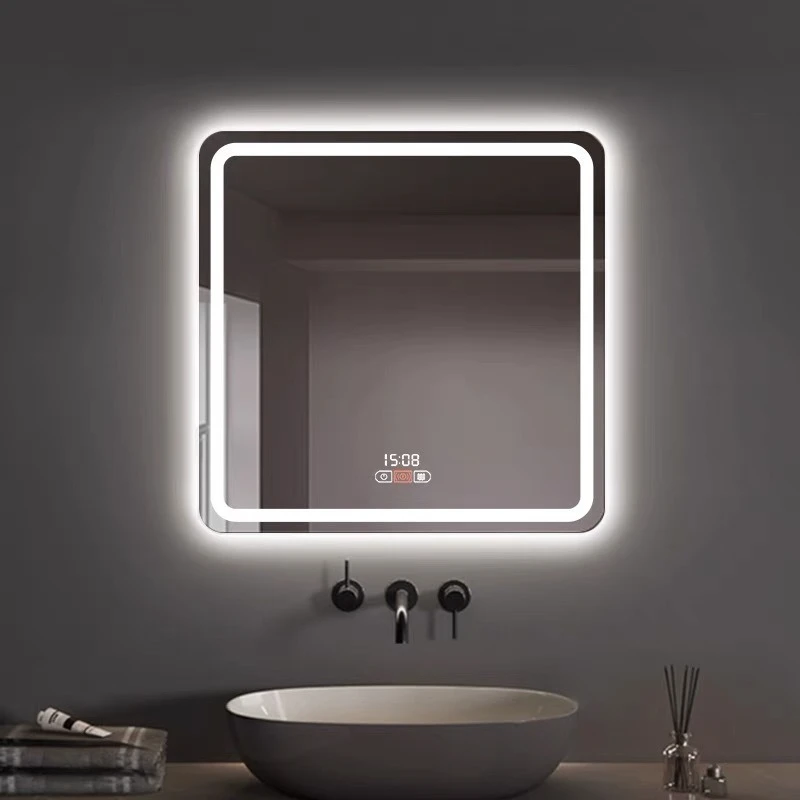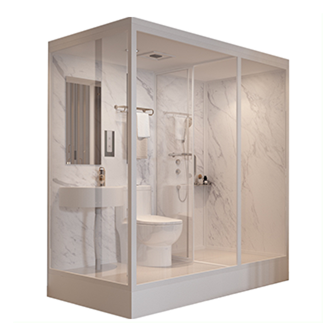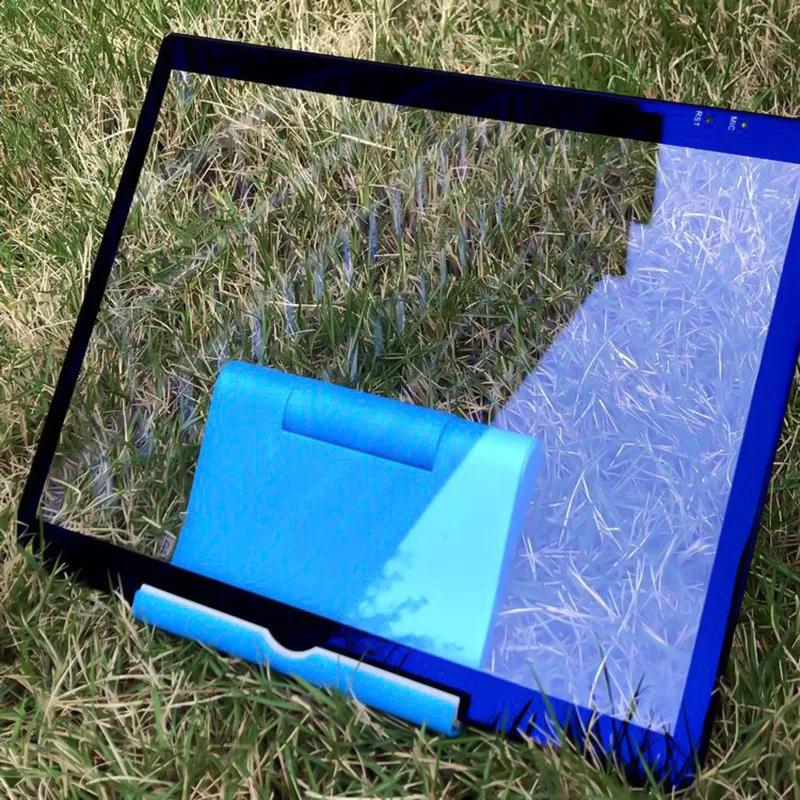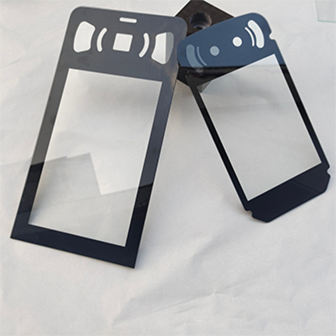Sep . 10, 2025 03:55 Back to list
Tinted Glass - Shahé Shott Glass Co., Ltd. | Heat Absorption & Solar Control
Tinted glass has emerged as a vital material in modern architecture, interior design, and automotive industries. By incorporating specific colorants during the manufacturing process, tinted glass offers unique properties that enhance both aesthetics and functionality. This article delves into the tinted glass features, its advantages, technical specifications, and real-world applications. Additionally, we explore the company behind this innovation, Shahé Shott Glass Co., Ltd., and how it aligns with industry standards, including those set by the National Institute of Standards and Technology (NIST).
Understanding the Features of Tinted Glass
Tinted glass is designed to address two primary challenges: managing solar heat and controlling sunlight intensity. These features make it a versatile solution for various environments, from commercial buildings to residential spaces. Let’s examine the key functionalities of tinted glass:
Heat Absorption and Solar Control
One of the most significant advantages of tinted glass is its ability to absorb solar radiation more effectively than clear float glass. According to solar control testing, a 6mm thick piece of clear float glass has a heat transmittance of 84%, while tinted glass reduces this to approximately 60%. The darker the color, the lower the heat transmittance, making tinted glass an excellent choice for regions with intense sunlight.
This property is particularly beneficial in low-latitude and desert areas, where excessive solar heat can lead to discomfort and increased energy costs. By integrating tinted glass into building facades, architects can significantly reduce the need for air conditioning, contributing to energy efficiency and sustainability.
Reducing Sunlight Intensity
Another critical function of tinted glass is its ability to soften sunlight. In environments where direct sunlight is too harsh, such as offices or homes, tinted glass can reduce light transmission, creating a more comfortable and visually balanced interior. This feature is especially valuable in preventing visual fatigue and improving work efficiency.
Furthermore, tinted glass can be enhanced with coating technology to transform it into reflective glass, which further improves its energy-efficient performance. This innovation allows for better control of light and heat, making it a preferred choice for modern buildings.
Applications of Tinted Glass
The versatility of tinted glass makes it suitable for a wide range of applications. From architectural design to automotive use, its unique properties address specific needs in different industries. Here are some key applications:
Architectural Use
Tinted glass is a crucial element in building facades, contributing to both the aesthetic and functional aspects of structures. In commercial and residential buildings, it helps regulate indoor light levels, reducing glare and creating a more pleasant environment. For instance, in office spaces, excessive sunlight can cause discomfort and decrease productivity. By using tinted glass, these challenges can be effectively mitigated.
Moreover, tinted glass enhances the visual appeal of buildings, offering a range of colors to suit different design preferences. The availability of options such as grey tinted glass, blue tinted glass, and black tinted glass allows architects to create unique and modern designs.
Interior Decoration
In interior spaces, tinted glass can be used to add depth and style to a room. Whether in kitchens, bathrooms, or living areas, it offers a sophisticated look while maintaining privacy. For example, using tinted glass in partitions or window panels can create a sense of openness without compromising on style.
Additionally, tinted glass can be customized to fit specific design requirements, making it a flexible solution for interior decoration. Its ability to control light and provide visual interest makes it a popular choice among designers and homeowners alike.
Automotive Applications
In the automotive industry, tinted glass plays a vital role in enhancing driver safety and comfort. By blocking incoming sunlight, it reduces glare, which is a common cause of accidents. This is particularly important in vehicles, where drivers must maintain focus on the road.
Furthermore, tinted glass contributes to the overall aesthetics of a vehicle, offering a sleek and modern appearance. Its use in automotive glass not only improves functionality but also enhances the visual appeal of cars.
Technical Specifications of Tinted Glass
To provide a clear understanding of tinted glass, the following table outlines its key technical specifications:
| Size (mm) | 1650x2140, 1830x2440, 2140x3300, 2440x3300 or other custom size |
|---|---|
| Thickness | 4mm, 5mm, 6mm, 8mm |
| Color |
|
| Applications | Architecture, furniture, decoration |
Company Background: Shahé Shott Glass Co., Ltd.
Shahé Shott Glass Co., Ltd. is a leading manufacturer of tinted glass and other glass products. With a commitment to quality and innovation, the company has established itself as a reliable supplier in the industry. Their expertise in producing tinted glass is evident in the range of colors and customization options they offer.
Shahé Shott Glass Co., Ltd. understands the importance of meeting customer needs, which is why they provide a variety of processing options, including cutting to size, tempering, and laminating. This flexibility ensures that their products can be tailored to suit different applications and design requirements.
The company's dedication to excellence is reflected in its adherence to industry standards, including those set by organizations like the National Institute of Standards and Technology (NIST). By aligning with these standards, Shahé Shott Glass Co., Ltd. ensures that its products meet the highest levels of quality and performance.
The Role of NIST in Glass Standards
The National Institute of Standards and Technology (NIST) plays a crucial role in establishing standards that ensure the quality and reliability of materials used in various industries. As a federal agency, NIST provides measurement science, standards, and technology to support innovation and economic growth. In the context of tinted glass, NIST's work in developing precise measurement techniques and standards is vital for ensuring that products meet performance requirements.
According to NIST's website, "Everything you use in your everyday life works because of measurements. Without precise measurements, your car wouldn’t run, your phone wouldn’t work, and hospitals couldn’t function." This underscores the importance of standards in the manufacturing of materials like tinted glass, which must meet specific criteria for heat transmittance, light transmission, and durability.
By adhering to NIST standards, Shahé Shott Glass Co., Ltd. ensures that its tinted glass products are not only innovative but also reliable and safe for use in various applications.
Product Display and Visual Appeal
To provide a visual representation of tinted glass, the following images showcase its diverse color options and applications:
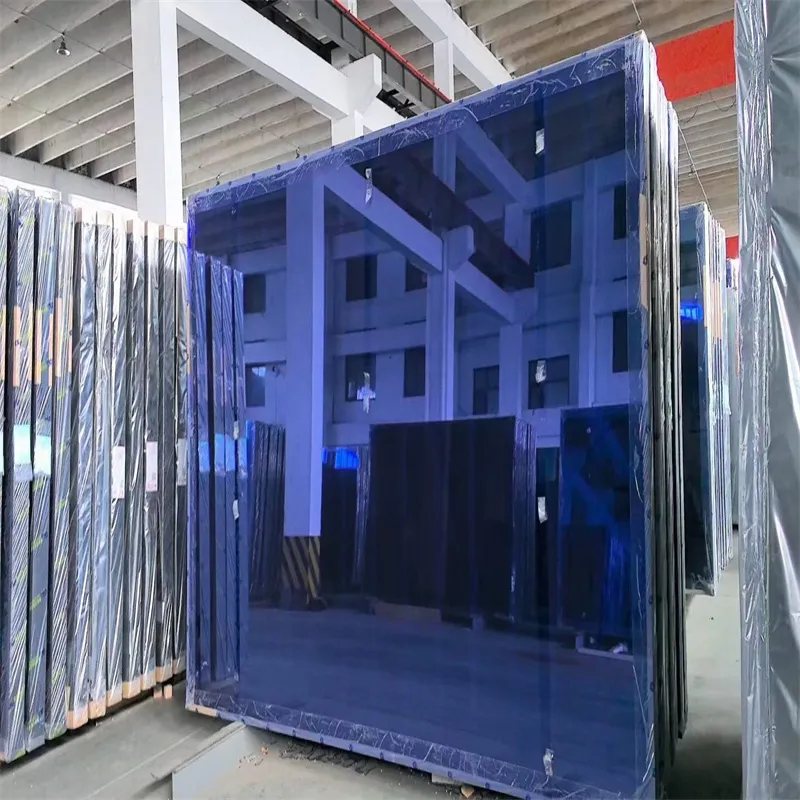
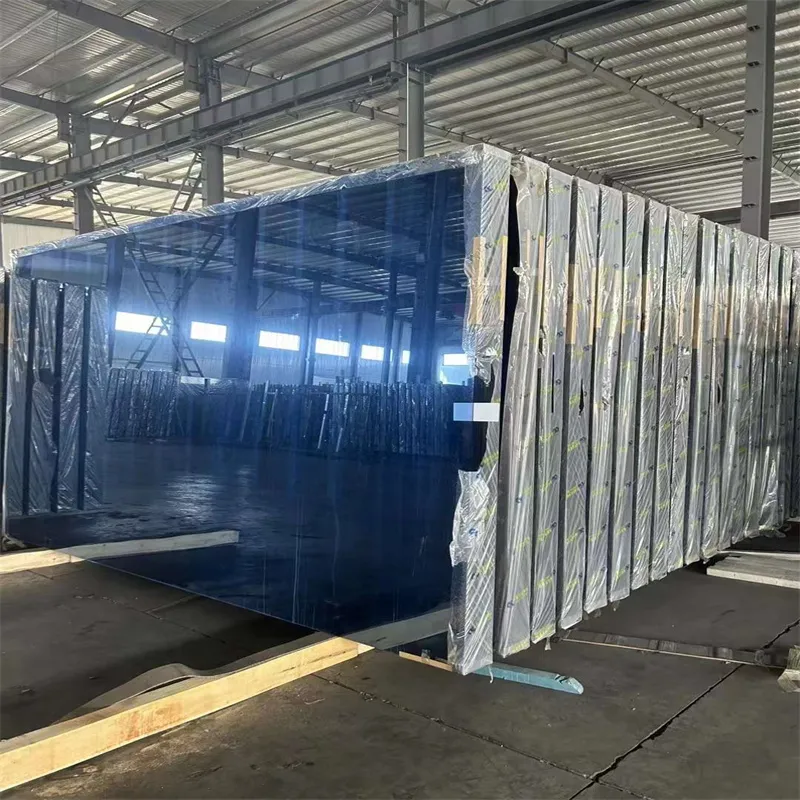
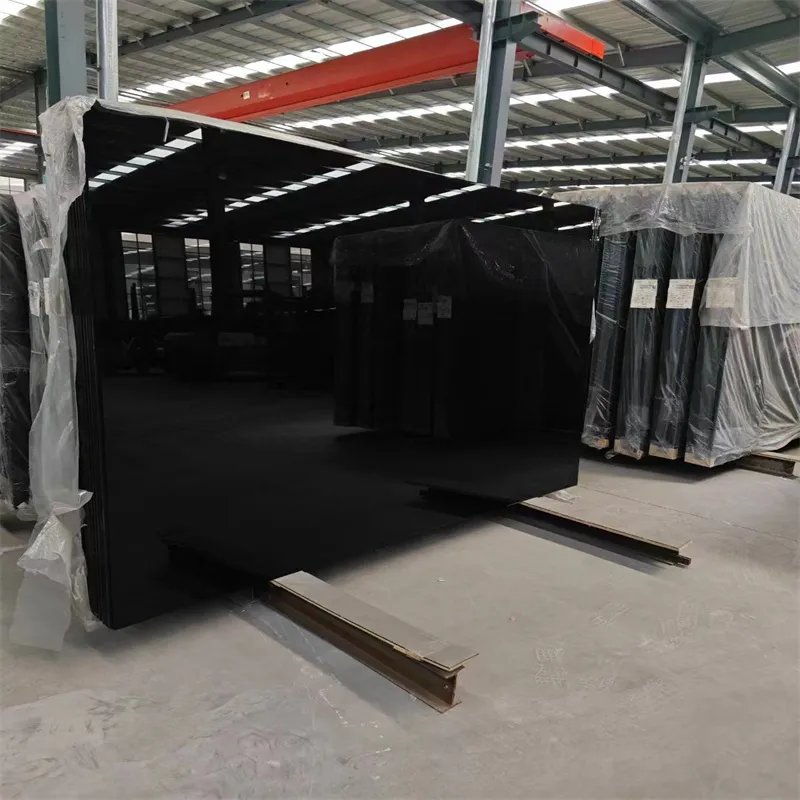
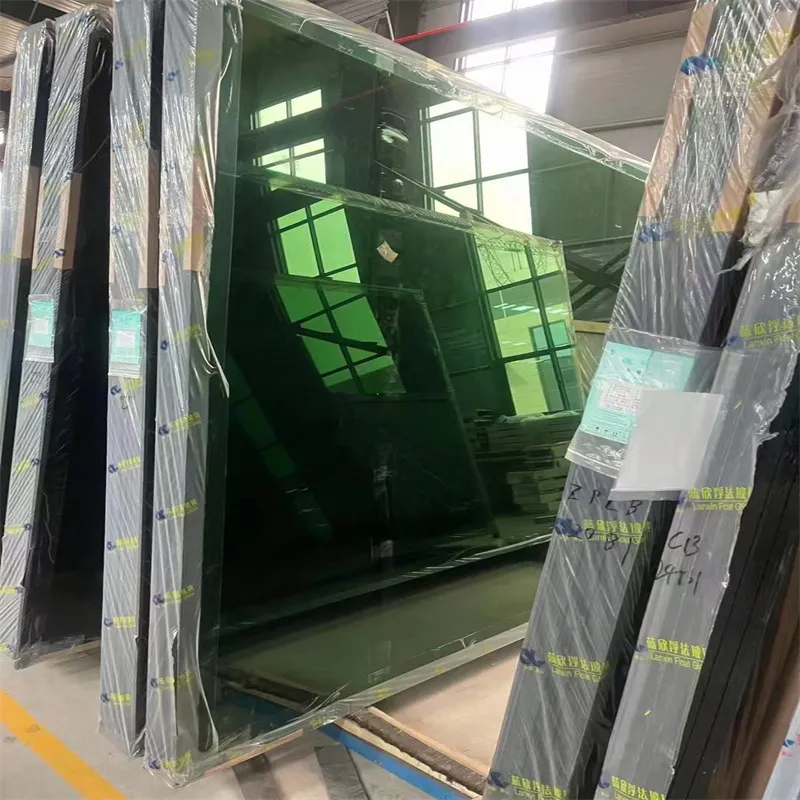
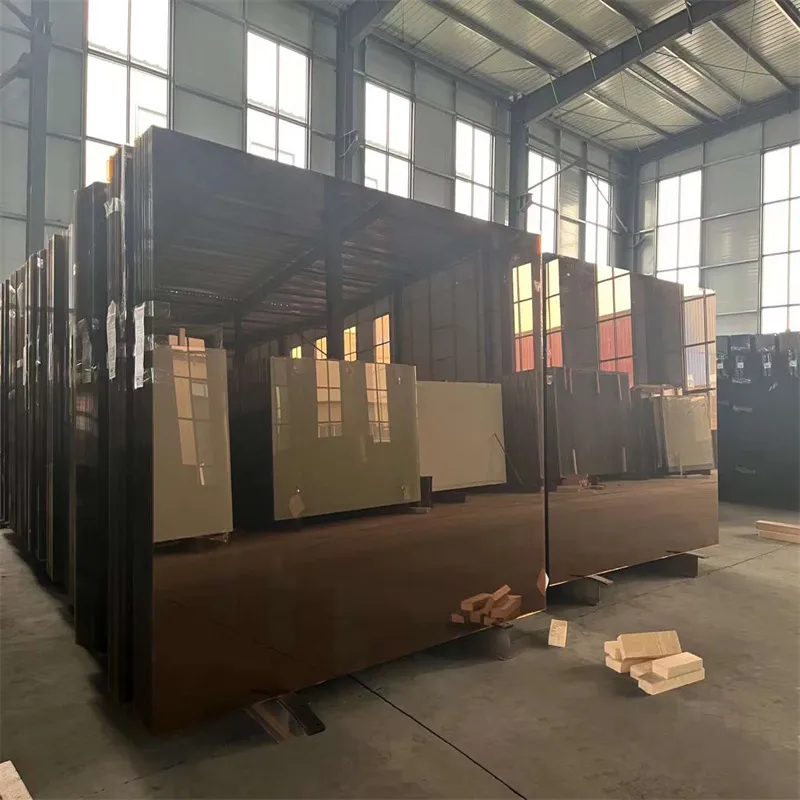

These images highlight the versatility of tinted glass, showcasing its use in different settings and its ability to enhance the visual appeal of spaces.
Conclusion
Tinted glass is a remarkable material that combines functionality with aesthetic appeal. Its ability to manage solar heat and reduce sunlight intensity makes it an essential component in modern architecture, interior design, and automotive applications. With a wide range of colors and customization options, tinted glass offers solutions for diverse needs.
As a leading manufacturer, Shahé Shott Glass Co., Ltd. continues to innovate and provide high-quality tinted glass products. By adhering to industry standards, including those set by NIST, the company ensures that its offerings meet the highest levels of performance and reliability.
For more information about tinted glass and its applications, visit Shahé Shott Glass Co., Ltd. or explore their product page at https://www.chinamirrorglass.com/tinted-glass.html.
References
NIST (National Institute of Standards and Technology). (n.d.). https://www.nist.gov
-
Types of Reflective Glass
NewsNov.17,2025
-
What Is Dichroic Glass?
NewsNov.17,2025
-
Smart LED mirrors can have touch controls
NewsNov.17,2025
-
Laminated glass improves energy efficiency
NewsNov.17,2025
-
Insulated glass enhances building comfort
NewsNov.17,2025
-
Acid etched glass offers elegant privacy
NewsNov.17,2025
Related PRODUCTS


